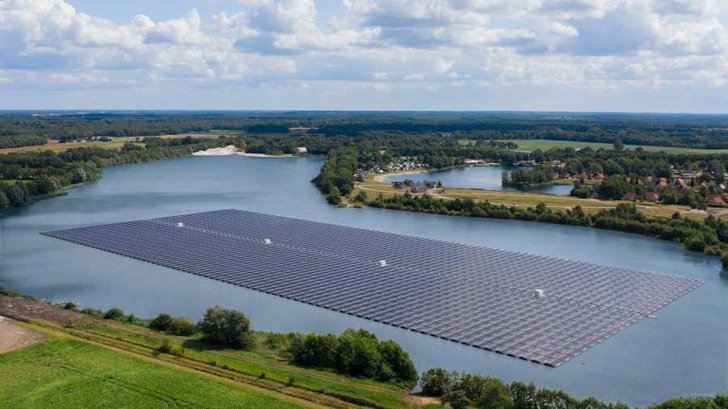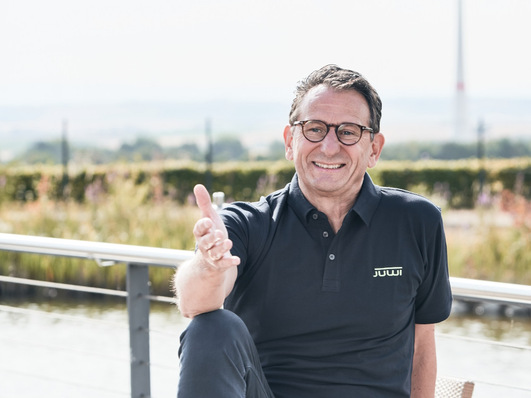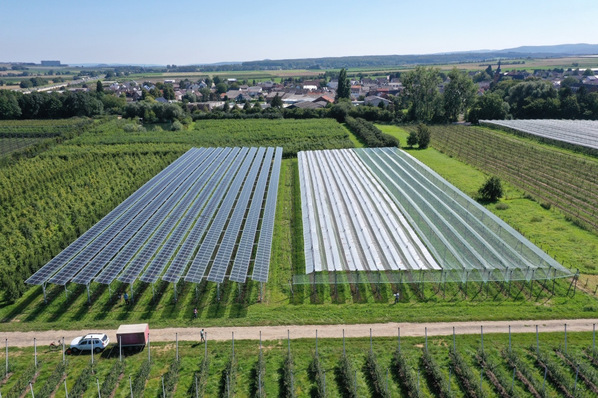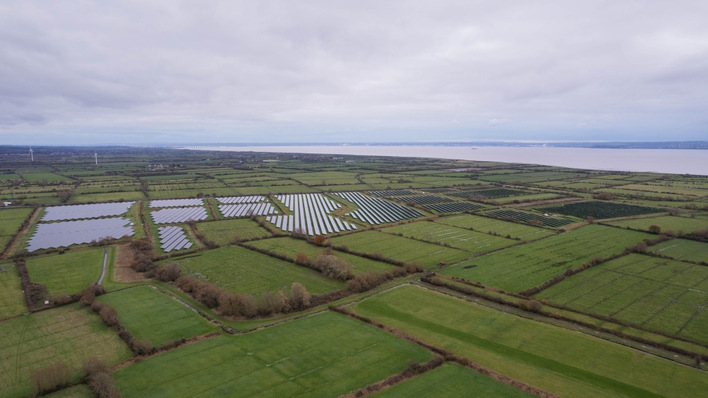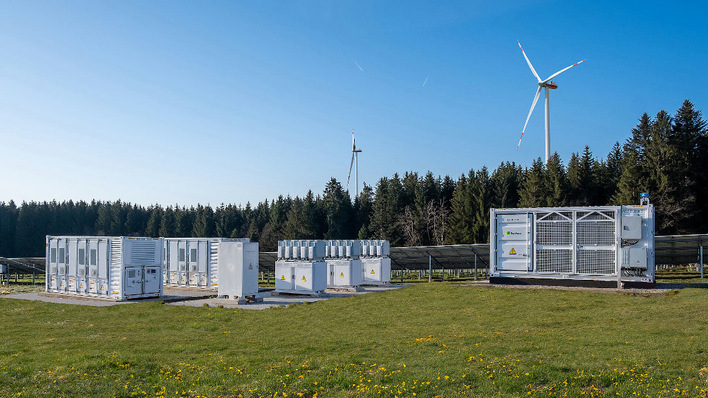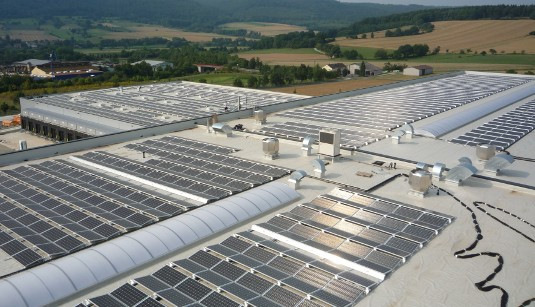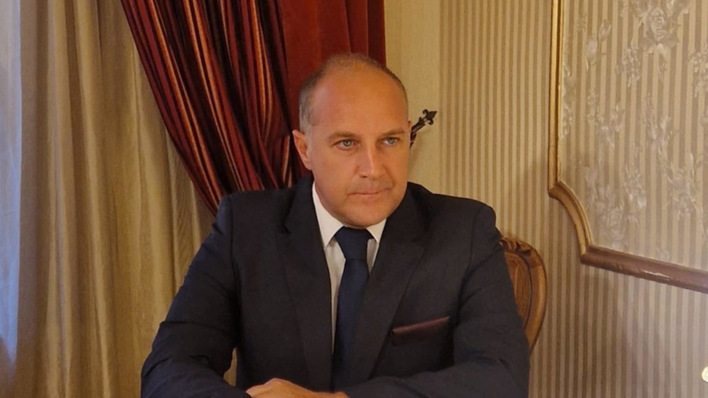The plant is being built on the Silbersee III lake adjacent to the plant site on an area of just under 1.8 hectares. Once completed, around 5,800 photovoltaic modules will have a combined installed rated output of around 3 megawatt-peak and will produce around 3 million kilowatt hours of electricity per year. This will save around 1,100 tons of CO2 each year.
Quarzwerke intends to use 75 percent of the green electricity for its own consumption, thus further reducing its carbon footprint. In addition, the floating PV system will enable the company to become independent of rising energy and CO2 prices. The surplus green power will be fed into the public grid.
Self-consumption of green electricity
Daniel Duric, plant manager of Quarzwerke Haltern, comments on another successful project: "Following the construction of two highly efficient combined heat and power plants in recent years, we are investing further in the sustainable ecological future of the company with one of the largest floating photovoltaic plants in Germany. By using the green electricity we produce ourselves, we can significantly reduce our CO2 emissions."
Project manager Markus Schramm adds, "This puts us in a leading position as a producer of high-quality industrial minerals in terms of sustainability and allows us to further reduce our carbon footprint. We are very pleased to have BayWa r.e., as the market leader for floating PV in Europe, as an experienced partner at our side with whom we are implementing the project together."
Artificial water areas with high potential for the energy transition
Stephan Auracher, Managing Director, BayWa r.e. Power Solutions GmbH, added: "Floating PV offers an attractive investment opportunity for companies in the raw materials and building materials industry, which often own water areas that are lying fallow or only partially used. Their artificial water areas hold immense untapped potential for the energy transition. With our turnkey floating PV systems, our years of expertise and attractive self-consumption and remuneration models, we ensure the best possible economic solution for our customers. Together with Quarzwerke, we are pioneering the technology with Germany's first subsidy-free floating PV system and see the system as the starting signal for the further spread of this solar application in Germany."
Did you miss that? Offshore floating PV: Sun meets the sea
So far, all floating PV projects in Germany have been implemented within the funding framework of the EEG. With one of the currently largest plants in Germany, which will reach a nominal output of approximately 3 megawatt-peak, BayWa r.e. shows that plants can be operated economically even without EEG subsidies if sufficient electricity is used for own consumption. Particularly for gravel pits and quarries that have corresponding artificial water surfaces, modern floating PV systems are ideal for land-neutral green electricity production. And the larger the plant, the greater the contribution to the energy transition.
Advantages of floating PV technology
Toni Weigl, Head of Product Management Floating-PV at BayWa r.e., explains, "With the new German government's goal of generating 80 percent of electricity from renewable sources by 2030, newer solar applications such as agri-PV and floating-PV are increasingly coming into focus alongside rooftop and ground-mounted solar systems. Floating PV systems are environmentally friendly and have the advantage of comparatively simple and quick installation, higher potential energy output thanks to the cooling effect of water, and lower operating and maintenance costs. We now hope that the new German government will swiftly improve the framework conditions for floating PV, as already stated in the coalition agreement." (hcn)
Also interesting: Belectric to build another floating solar plant


